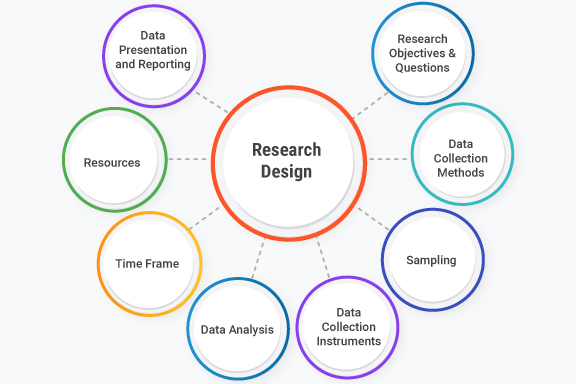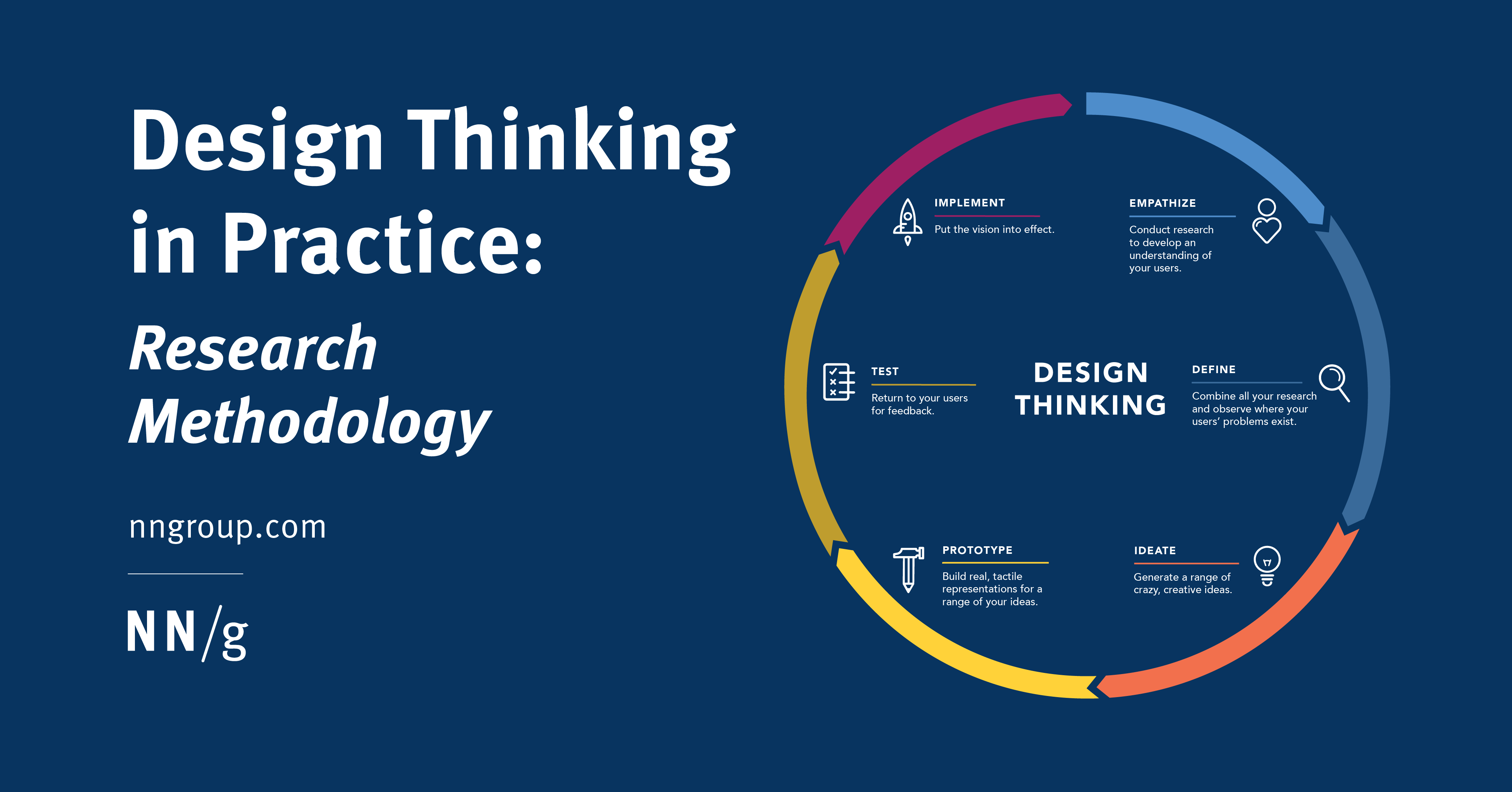Design Research
(2025-07-22T21:28.277Z)
Perplexity Query
(2025-07-22T21:28
.277Z)
Question:
Write a comprehensive one-page article about "Design Research".
Structure the article as follows:
- Introduction (2-3 sentences)
- Define the term and its significance
- Provide context for why it matters
- Main Content (3-4 paragraphs)
- Explain the concept in detail
- Include practical examples and use cases
- Discuss benefits and potential applications
- Address any challenges or considerations
- Current State and Trends (1-2 paragraphs)
- Discuss current adoption and market status
- Mention key players or technologies
- Highlight recent developments
- Future Outlook (1 paragraph)
- Predict future developments
- Discuss potential impact
- Conclusion (1-2 sentences)
- Summarize key points
- End with a forward-looking statement
Important Guidelines:
- Keep the total length to approximately one page (500-800 words)
- Use clear, accessible language
- Include specific examples and real-world applications
- Make it engaging and informative for a general audience
- Use markdown formatting for structure
Image References:
Include
Design Research: Unlocking Innovation Through User-Centered Inquiry
Introduction
Design research is a systematic approach to understanding user needs, behaviors, and contexts in order to develop products, services, or systems that are both effective and meaningful[^18z97z]. Its significance lies in bridging the gap between abstract ideas and real-world solutions, ensuring that design outcomes are truly aligned with their intended users. In today’s ever-evolving marketplace, design research matters because it not only enhances usability and relevance, but also drives innovation and business success[^18z97z].
Explainer
Design research is fundamentally a focused inquiry process that guides the creation of user-centered, evidence-based solutions[^18z97z]. Its process typically unfolds in several key steps:
- Defining objectives: Researchers start by clarifying the goals of the study, which may include understanding user frustrations with an existing product or generating ideas for a new service[^18z97z].
- Literature review: By analyzing previous research, designers gain context and ensure their work adds value beyond existing knowledge[^18z97z].
- Participant identification: Selecting the right target group—such as students for an app redesign or elderly users for a healthcare device—ensures that findings are relevant and actionable[^18z97z].
- Data collection: A variety of methods are used, including interviews, surveys, observations, and usability tests, allowing for both qualitative insights and quantitative validation[^18z97z].
- Analysis and synthesis: Researchers examine the data for patterns and insights, which then inform ideation sessions and design decisions[^18z97z].
Practical examples of design research include:
- Tech companies conducting extensive user interviews and prototype testing to refine a mobile app interface.
- Healthcare organizations using observational studies to improve patient check-in procedures.
- Retail brands surveying a wide customer base to guide brick-and-mortar store layout changes.
The benefits of design research are multifold. It leads to products and services that not only meet user needs but often delight them, enhancing user satisfaction and adoption rates. It also reduces costly redesigns, as potential issues are identified early in the process. Design research is widely adopted in fields such as technology, healthcare, education, and consumer goods, where understanding complexity and diverse user needs is vital.
However, design research also presents challenges. Sampling the right participants, ensuring data validity, and translating complex findings into actionable insights require expertise and careful planning[^18z97z][^m6xq9u]. Time and resource constraints may also limit how extensively research can be conducted.
Current State and Trends
Design research has seen major growth, moving from niche design consultancies into mainstream organizational processes. Companies like IDEO, Google, and IBM are noted leaders, often integrating continuous design research into their innovation cycles. Digital tools have revolutionized the field: remote testing platforms, eye-tracking software, and AI-powered sentiment analysis now enable broader and more nuanced data collection.
Recent trends include participatory design, where users actively co-create solutions, and inclusive design research aimed at addressing the needs of marginalized or overlooked groups. The integration of big data analytics and real-time feedback mechanisms has also expanded researchers’ capabilities.
Future Outlook
The future of design research will likely be shaped by emerging technologies and the growing importance of sustainability and ethics in design. Advancements in artificial intelligence and machine learning will automate certain aspects of data analysis, while immersive methods like VR-based prototyping may enable even richer user insights. As more organizations recognize design research’s strategic value, the role of design researchers will expand—impacting business models, public policy, and social innovation.
[IMAGE 3: Design Research future trends or technology visualization]
Conclusion
Design research is an essential engine for innovation, ensuring that what is designed is truly needed and valued. As tools and methods evolve, design research will play an even greater role in shaping the products, services, and experiences of tomorrow.
Sources
[^18z97z] https://surveysparrow.com/blog/design-research/
[^4ovil9] https://www.voxco.com/resources/research-design
[^h4107w] https://www.scribbr.com/methodology/research-design/
[^m6xq9u] https://www.indeed.com/career-advice/career-development/research-design
[^yg4cur] https://www.opa.mil/research-analysis/methodology-studies/research-definitions-research-design-and-three-fundamental-methodologies/



